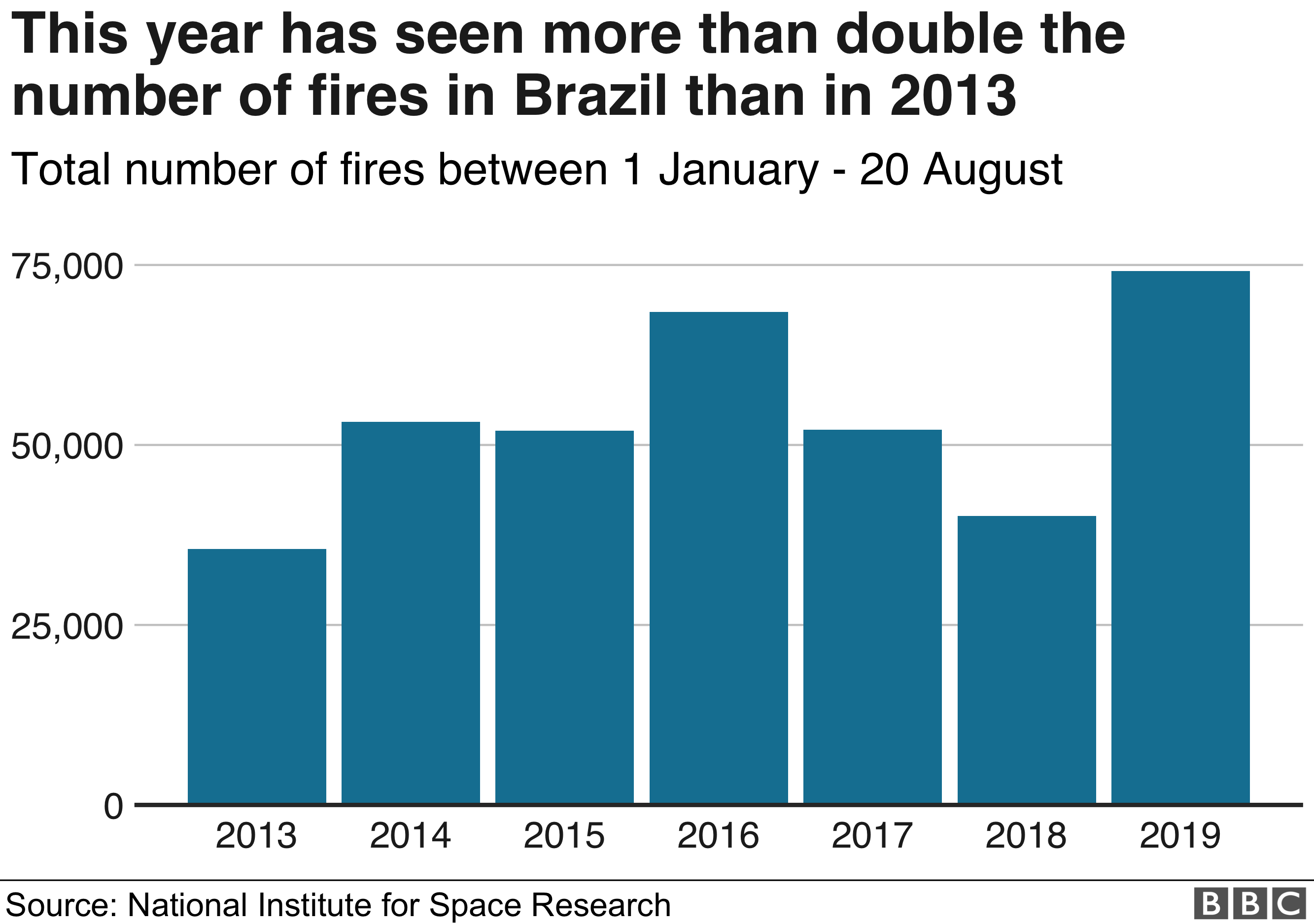sculptor
Valued Senior Member
amen to thatmy main point is that there is scientific proof to show melt speed differs as a factor of exponential process in a mixed environment
...
its all pretty messed up
... .
amen to thatmy main point is that there is scientific proof to show melt speed differs as a factor of exponential process in a mixed environment
...
its all pretty messed up
... .
Do you remember the responses to the last few times you attempted that deflection? You waste more time on this crap - - - -It seems likely that we may be in another superinterglacial? Given time and temperature, all below sea level may melt?
amen to that
Do you have any data/factual evidence on this? Or is that a guess? Because from the data I've seen, algal blooms in the water increase, rather than decrease, albedo. (On the ice, of course, it's a different story.)one question around algae blooms becoming more wide spread may increase exponentially which may then absorb more heat into the water which in turn then heats the sea even more.
Do you have any data/factual evidence on this? Or is that a guess? Because from the data I've seen, algal blooms in the water increase, rather than decrease, albedo. (On the ice, of course, it's a different story.)
The brighter areas show colors which are warmer because they absorb more heat from the sun. Notice how the color black is the warmest, followed by blue, green, red, yellow and then white (the color of the paper).
How Colors Absorb Heat - Cool Cosmos





Link ?
"surface accumulations of cyanobacteria (blue-green algae) are an example of a phenomenon that can be detected by increased reflectance (albedo), even using low- sensitivity satellite sensors."
https://www.int-res.com/articles/meps/101/m101p001.pdf
in near-surface thermal stratification on scales of 5 to 10 km, which they attributed to increased light absorption by near-surface chlorophyll patches. They were able to model the observed vertical thermal structure by assuming increased light absorption due to increased chlorophyll concentration at constant albedo. With increased backscattering of light at the sea surface, increase in SST becomes less likely as less radiant energy is available in the water. Near-surface accumulations of cyanobacteria (blue-green algae) are an example of a phenomenon that can be detected by increased reflectance (albedo),
which they attributed to increased light absorption by near-surface chlorophyll patches.
Brazil's Amazon rainforest has seen a record number of fires this year, new space agency data suggests.
The National Institute for Space Research (Inpe) said its satellite data showed an 84% increase on the same period in 2018.
It comes weeks after President Jair Bolsonaro sacked the head of the agency amid rows over its deforestation data.
The largest rainforest in the world, the Amazon is a vital carbon store that slows down the pace of global warming.
It is also home to about three million species of plants and animals, and one million indigenous people.
Conservationists have blamed Mr Bolsonaro for the Amazon's plight, saying he has encouraged loggers and farmers to clear the land, and scientists say the rainforest has suffered losses at an accelerated rate since he took office in January.
- 'Football pitch' of Amazon forest lost every minute
- Brazil wildfires prompt 'prayers' for the Amazon rainforest
- Is the honeymoon period over for Brazil's Bolsonaro?

Well, increased albedo = more light reflected.they are saying that algae blooms increase the heating of the water by using albedo Reflectance ...
However, overall there's less energy absorbed,
Brazil's president blames NGOs for Amazon wildfires
Brazil's president, Jair Bolsonaro says non-governmental organisations may be setting fires in the Amazon to embarrass the government after they cut funding, despite offering no evidence.
A record number of fires were recorded in the Amazon this year, according to The National Institute for Space Research (Inpe).
But conservationists have blamed Mr Bolsonaro for the Amazon's plight, saying he has encouraged loggers and farmers to clear the land.
Marcio Astrini from Greenpeace said that the increased deforestation and burning are a "result of his [President Bolsonaro] anti-environmental policy."



i would simply hit the stop button on ALL donations

